Your home is your haven and a place where you should feel safe and secure. However, it’s important to recognize that accidents and injuries can occur anytime, even in the comfort of your home. This blog will discuss some of the most common home safety hazards you may encounter in and around your house and provide tips on preventing and avoiding them.
From falls to fire hazards, we will cover a range of potential dangers you must be aware of to keep yourself and your loved ones safe. So, let’s dive in and explore the top 10 safety hazards you should watch out for in your home.
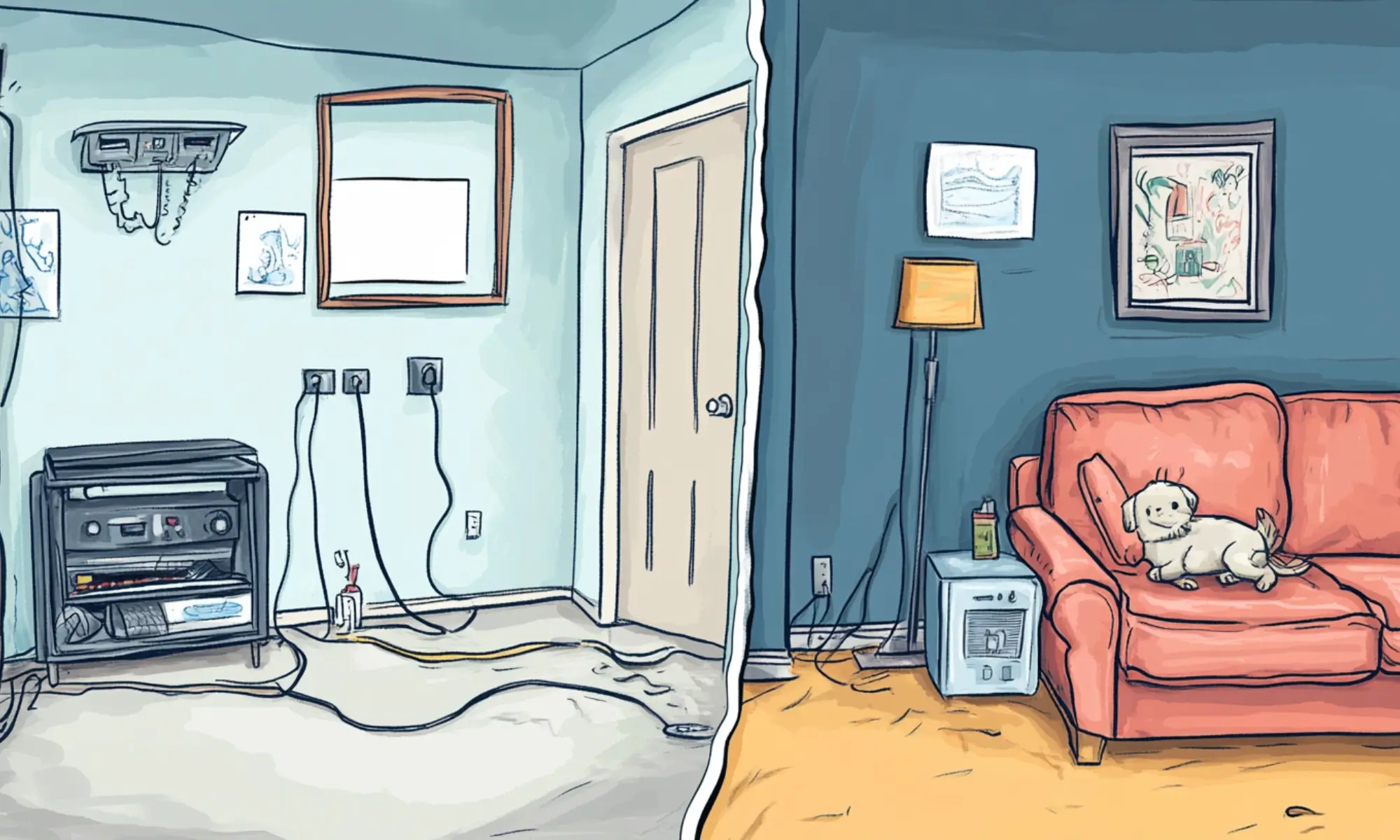
Why It’s Important To Be Aware Of Potential Dangers In The Home
Home safety hazards refer to any potential dangers that can cause harm or injury to people living in or visiting a home. These hazards can come in various forms, such as electrical and fire hazards, toxic substances, tripping hazards, etc.
It’s essential to be aware of potential dangers in the home because accidents and injuries can happen unexpectedly and quickly, especially to children and elderly people who are more vulnerable. By identifying and addressing potential safety hazards in the home, you can prevent accidents and protect yourself and your family from harm.
Furthermore, addressing home safety hazards can also help to reduce the risk of property damage and financial losses resulting from accidents such as fires, floods, or theft. Home safety is crucial to maintaining a healthy and comfortable living environment, and being aware of potential dangers is the first step toward creating a safe and secure home.
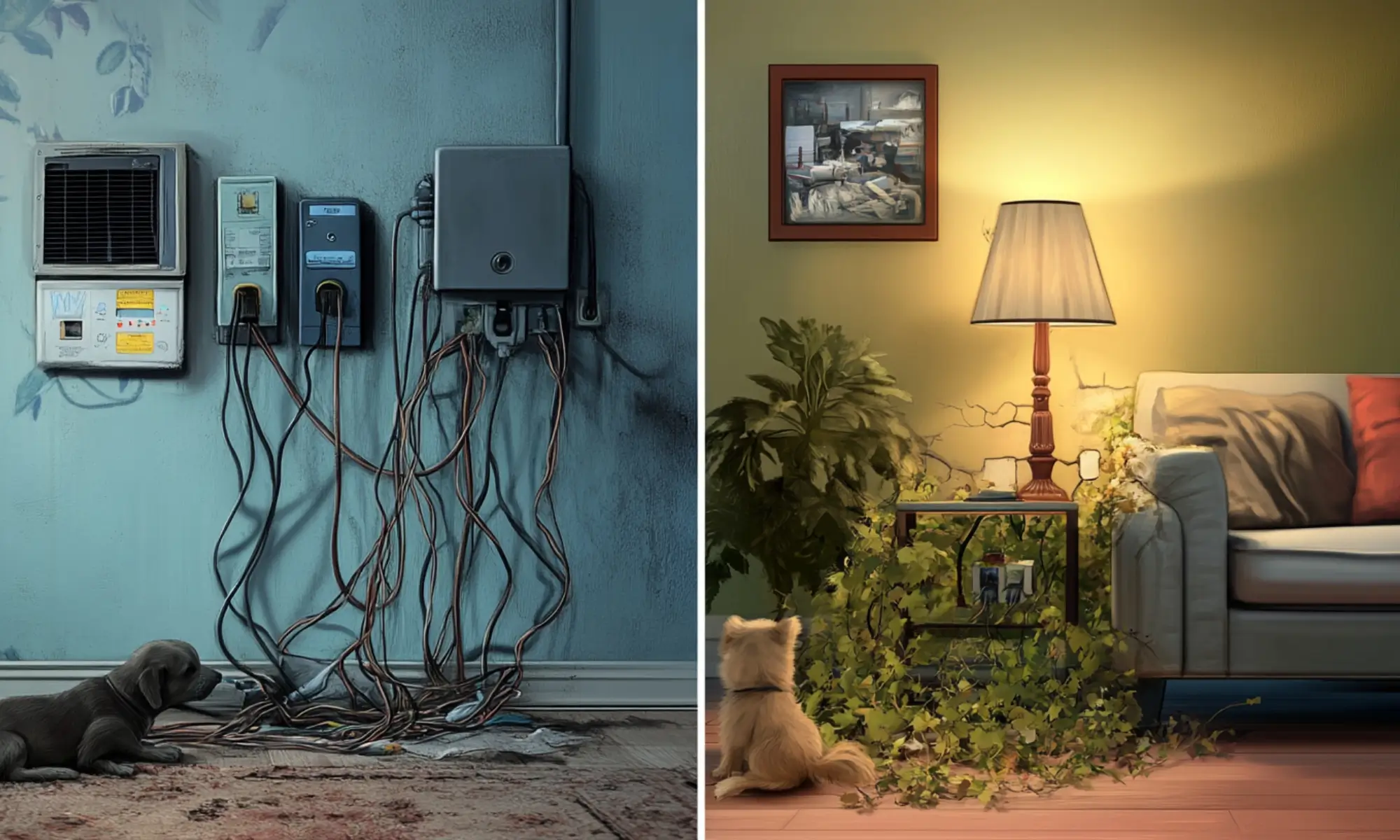
10 Common Home Safety Hazards & How To Avoid Them
Creating a safe environment where your family can grow and thrive is a top priority. Although several serious safety hazards lurk around the average home, most of these concerns can be addressed easily. Make sure you’re doing everything you can to keep your family safe. Consult this guide on 10 common safety hazards in the home for quick, simple solutions to keep you and your loved ones out of harm’s way.
1. Falls
Injuries due to falls are one of the most common household hazards. In fact, one out of five older adults who fall incurs a broken bone or a head injury. Wet floors, slippery stairs, and scattered toys all create the potential for falls.
Ways to minimize risks:
- Stabilize Staircases: Make sure all staircases have solid handrails, securely affixed flooring, adequate lighting, and safety gates for small children’s safety if they are in the home.. The Regalo Easy Step Walk Thru Gate is adjustable to most spaces and easy to use, even with a baby in your arms.
- Clear Outdoor Steps: Keep all outside stairs clear of debris and hazards like ice and snow. Add secured mats or grip tape to make surfaces less slippery.
- Secure Bathrooms: Secure rugs to avoid slipping and water pooling on slick surfaces. Non-slip stickers are another good way to keep everyone in your home from slipping in the shower.
- Corral Toys: Provide an easy space for kids to stow toys and ensure every playdate ends without injury. Secure skateboards, bikes, and other mobile toys in a safe area where family members and visitors won’t trip on them.
- Install Supports: Install safety rails like the Medline Bathtub Bar to help family members, old and young, safely get in and out of the shower. Or use these Balance Assist Bars, which are small enough to fit in any shower, and more than one can be added to provide extra support to older family members and others who need additional help.
2. Fires
In 2015, more than 365,000 fires were in US homes, causing everything from mild smoke damage to total devastation, including loss of life. Even candles or an unattended iron could lead to an accidental fire in your home, but there is a lot you can do to prevent a fire from getting out of hand.
Ways to minimize risks:
- Install Fire Alarms: Install fire alarms on all levels of your home, and check and change the batteries at least annually. Consider investing in a smart smoke detector like Nest Protect. This alarm uses Wi-Fi to provide real-time updates and remote monitoring on your smartphone or other mobile devices.
- Monitor Candles: Never leave candles unattended or near loose cloth like drapes or blankets. Also, ensure they are out of reach of children and that pets can’t knock them over.
- Unplug Appliances: Avoid an electrical fire by ensuring all appliances are in good working order and no wires are frayed. Don’t overload electrical outlets, either. In fact, it’s a smart practice to unplug small appliances like toasters when not in use.
- Purchase a Fire Extinguisher: Keep at least one fire extinguisher in your home—and check it annually to verify it is in good working order and up to date. Keep a multi-purpose fire extinguisher, like the Kidee FA110, handy in the kitchen or near the fireplace.
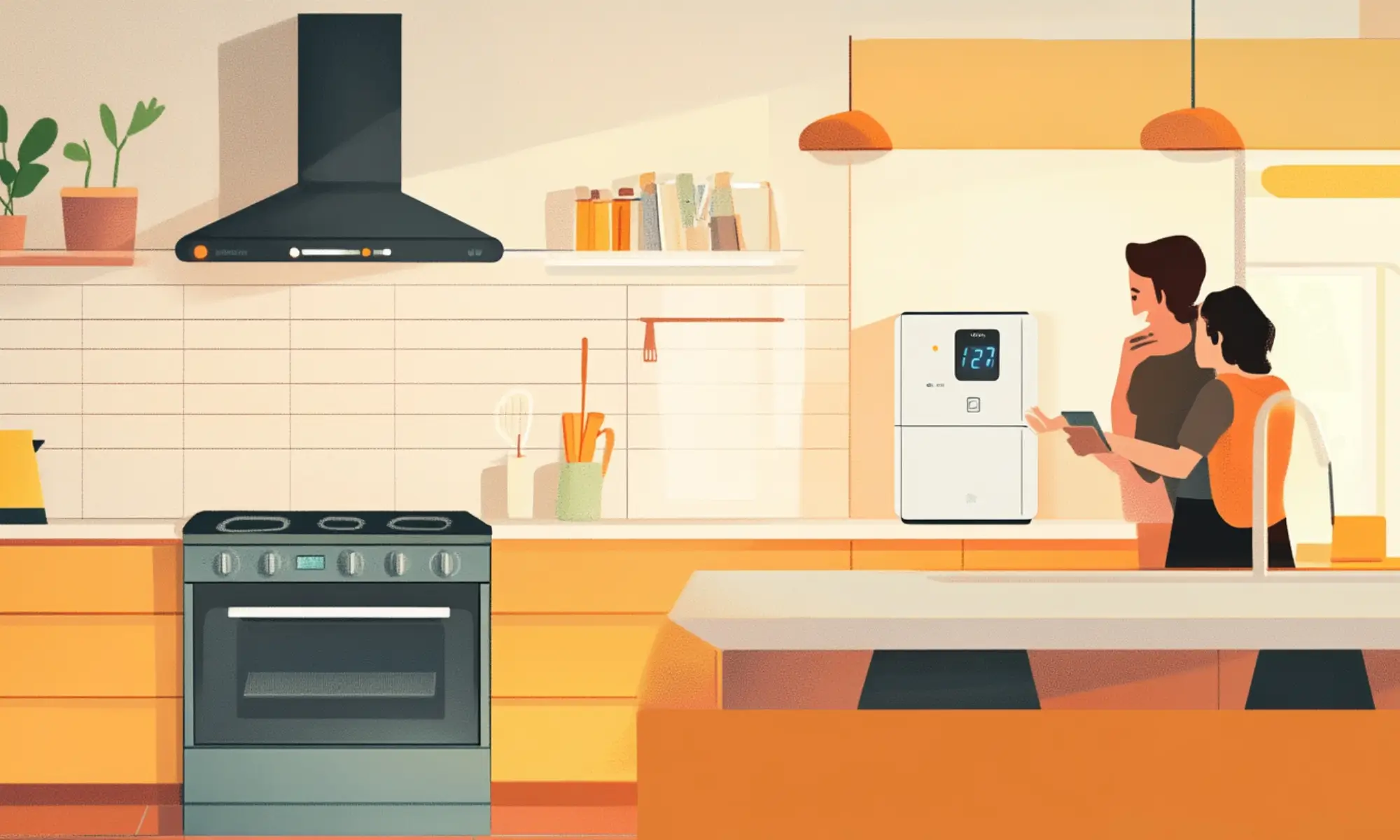
3. Electrical Hazards
Electricity powers almost everything in your home, but when not managed properly, it can pose serious risks. Faulty wiring, overloaded outlets, exposed cords, or outdated electrical panels can lead to electric shocks, short circuits, or even fires. Children are especially vulnerable to electrical hazards if outlets and cords are not properly secured.
Ways to minimize risks:
- Cover Unused Outlets: Use plastic safety plugs or outlet covers to prevent children from sticking objects into electrical outlets.
- Avoid Overloading Outlets: Don’t plug too many devices into one outlet or power strip. Overloading can cause overheating and increase the risk of fire.
- Check Wiring and Cords: Regularly inspect cords for frays or exposed wires. Replace damaged cords immediately and never run them under rugs or furniture.
- Hire a Professional: If you experience frequent blown fuses, flickering lights, or outlets that feel warm, hire a licensed electrician to inspect and update your home’s electrical system.
- Install GFCIs: Ground Fault Circuit Interrupters (GFCIs) should be installed in areas with water, such as kitchens, bathrooms, and outdoor spaces. They shut off power quickly if a problem is detected.
Being mindful of electrical safety can help prevent dangerous accidents and ensure a secure environment for everyone in the home.
4. Carbon Monoxide Poisoning
Low exposure to carbon monoxide (CO) can cause headaches and dizziness, while high levels can lead to vomiting, impaired vision, and even death. Carbon monoxide is virtually impossible to detect by smell, sight, or sound, making it difficult to discern. But there are things you can do to ward off CO-related injuries.
Ways to minimize risks:
- Install a CO Detector: You can help keep your family safe by installing a carbon monoxide detector that alerts you if CO reaches dangerous levels in your home. A detector plugs into an electrical outlet, like the Kidde Nighthawk Alarm, provides extra reassurance and saves you from needing to change batteries.
- Keep Up Home Maintenance: Prevent carbon monoxide leaks by having your HVAC system, water heater, and other appliances that use gas, oil, or coal serviced by a professional every year. When buying a home, have these systems inspected before purchase.
5. Choking
Choking is the country’s fourth-largest cause of accidental death, claiming nearly 5,000 victims in 2014. Choking is scary, from a bit of dinner going down the wrong way to a youngster accidentally swallowing a small item. Educate yourself about choking hazards and take measures to keep your family safe.
Ways to minimize risks:
- Inspect Toys: Regularly inspect toys for any loose parts. Scour floors for small toys or items that little hands might easily find.
- Keep Dangers Out of Reach: Be sure to keep small, hard foods like nuts or candies out of reach of children. Pay special attention to adult gatherings where children can more easily sneak something unnoticed.
- Monitor Playtime: Even if your child is no longer an infant, a baby monitor can still come in handy. Use this gadget to listen in for signs of choking when children are playing in another room.
- Cut Up Food: For children under four, always cut up hard foods that can block airways. The same applies to softer foods like grapes, cherry tomatoes, and hot dogs. The OXO Tot Grape Cutter is a handy tool that makes safe snacking easy for you and your toddler.
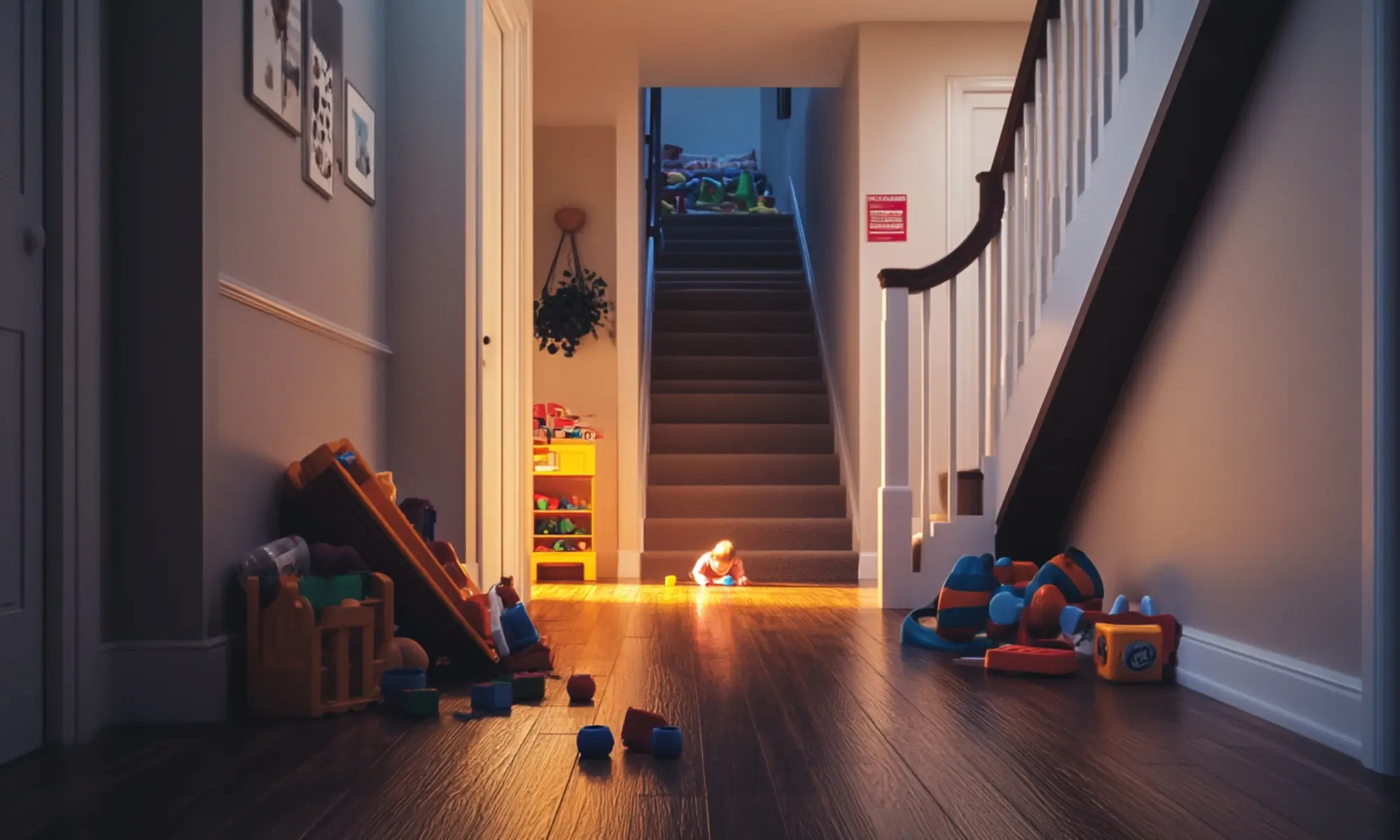
6. Cuts
This one seems like a no-brainer, but unfortunately, there are several common items with sharp edges used inside and outside your home. Everything from an open can to a garden hoe can present danger.
Ways to minimize risks:
- Close the Trash: Use locking garbage can to protect small fingers and pets from finding sharp edges on opened cans and lids. The Sterilite Locking StepOn Wastebasket is an attractive solution that adds extra safety to your kitchen.
- Store Kitchen Supplies: Knives, graters, and peelers are common items that can lead to nasty cuts. Properly store all sharp kitchen tools and lock them up if you have small children.
- Put Away Yard Tools: Lawn tools, including rakes, saws, and lawn mowers, can cause harm if not used and stored properly. Stay alert when using power tools, and never rush while mowing the lawn or using the weed whacker. Never leave tools around; keep them locked in a shed or garage where kids can’t access them.
- Lock the Bathroom: If you use a razor, keep it on a high shelf or in a cabinet. Store extra blades in drawers with safety guards and safely store other grooming tools like cuticle scissors. Child safety locks are easy to install and keep little fingers away from dangerous implements.
- Point Knives and Forks Down: Keep little ones safe from sharp points by pointing knives and forks downward in the utensil basket of the dishwasher. Place the basket away from the front of the dishwasher to make sharp objects even less accessible.
7. Poisoning
Over two million poisoning incidents were reported to poison control centres nationwide in 2014. Several household items present poisoning hazards, including cleaning and home maintenance supplies. However, a little diligence and the right know-how can decrease the chance of anyone in your family becoming a victim.
Ways to minimize risks:
- Store Medications Properly: Both over-the-counter and prescription medications must be kept away from children and teens. Dispose of all unused medications and never leave them out on a counter. Solutions like the locking EVERTOP Medicine Cabinet are a convenient way to keep medications handy without making them vulnerable to accidental discovery.
- Keep Paint Out of Reach: Even paint that isn’t lead-based needs to be properly stored and kept out of reach of children. Never put paint in a container other than the one it came in. Otherwise, your child may mistake it for a drink or other item.
- Make Sure Chemicals Are Secure: Protect children and pets from accidental poisoning with cleaning supplies. Keep all household cleaners in a high cupboard with a safety lock to keep kids and animals from accidentally finding them. Lock up pesticides and items like turpentine in a cupboard or lock box in the garage or shed.
- Put Away Personal Products: Keep all makeup, hair products, soaps, and other personal products out of the reach of children and pets. Use safety latches on all doors and drawers to help keep even the most determined youngsters out.
- Lock Up Detergent: As with all household cleaners, keep detergent locked out of reach of pets and kids. If you use detergent pods, ensure children don’t mistake them for candy. Never fill the soap dispenser until you’re ready to start a load, and always check your dishwasher for leftover residue after each cycle.
8. Strangling
Cords on window dressings like blinds or curtains present a common strangling hazard to small children and infants. Here are a few ways to help make your home safer for little ones.
Ways to minimize risks:
- Put Cords Away: Keep window and electrical cords out of reach of little ones. Never place a crib or bed under a window with dangling cords.
- Trim or Remove Window Cords: To keep children from getting tangled up, trim cords to a length only accessible to the adults in the home. Better yet, trade out window treatments for designs without cords. If you like the look of blinds, make your windows attractive and safe with Achim Home Furnishings Cordless Pleated Shades.
- Wrap Them Up: If you’re not ready to redecorate, you can make your home safe by installing blind cord wraps to your current window coverings. Dreambaby Blind Cord Wraps are affordable, easy to install, and transparent, so they won’t clash with your decor.
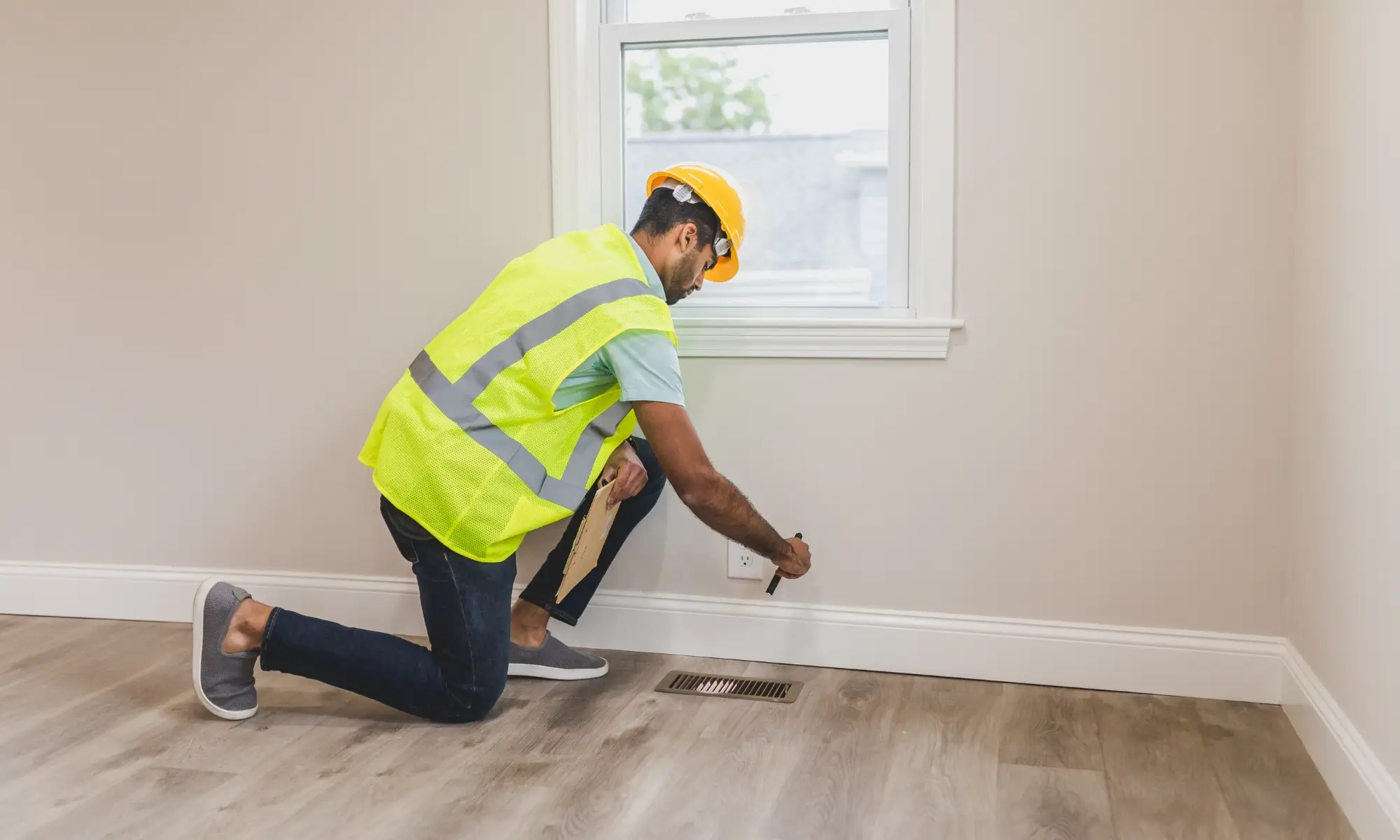
9. Drowning
Drowning isn’t only a risk outdoors during summer—it can also present a hazard in the home. Deaths from drowning in a bathtub have increased by 70% in the past decade, so do your part to prevent this.
Ways to minimize risks:
- Put Away Buckets: If you use buckets for cleaning, keep them empty and away from water sources.
- Attend to Bathing Children: It only takes a few inches of water for a child or infant to drown, so never leave a child unattended in the bathtub, and always close the toilet lid.
10. Burns
Burns may not seem like a common household hazard, but they can be caused by dishwashers and stoves. Always follow the safety of gas stoves and dishwashers when using them. These convenient appliances pose risks, especially to small children. Thankfully, there are a few ways you can help ensure no one in your family is burned.
Ways to minimize risks:
- Latch the Dishwasher: Make sure your dishwasher is securely latched at all times and can’t be opened by curious fingers, particularly at the end of a cycle when burns from steam are most likely to occur. Add the Safety 1st Appliance Lock as an extra measure to keep the dishwasher from accidentally being opened.
- Use Back Burners: Most burns occur in the home and workplace, and children and women are most likely to suffer a burn in the kitchen. To prevent burns, use the back burners when possible. This makes it more difficult for kids to accidentally touch a hot stovetop. Never rest tempting items like cookies or toys on the stovetop, even when it’s not in use.
- Add Stove Knob Covers: Stoves—especially gas ones—are the perfect place for something to accidentally catch on fire. Protect your home from a potential fire by adding stove knob covers from Safety 1st. They keep small hands from turning on burners or grownups from inadvertently knocking burners to the “on” position.
Conclusion
Numerous safety hazards could lurk in your home, and it’s important to be aware of them to keep yourself and your family safe. From slippery floors and uneven stairs to unsecured furniture and outdated electrical systems, many potential risks could cause harm.
By taking the time to identify and address these hazards, you can make your home a safer place for everyone who lives there. Remember to always prioritize safety, and don’t hesitate to seek professional help if unsure how to address a particular hazard. Being proactive and vigilant can help prevent accidents and injuries in your home.

